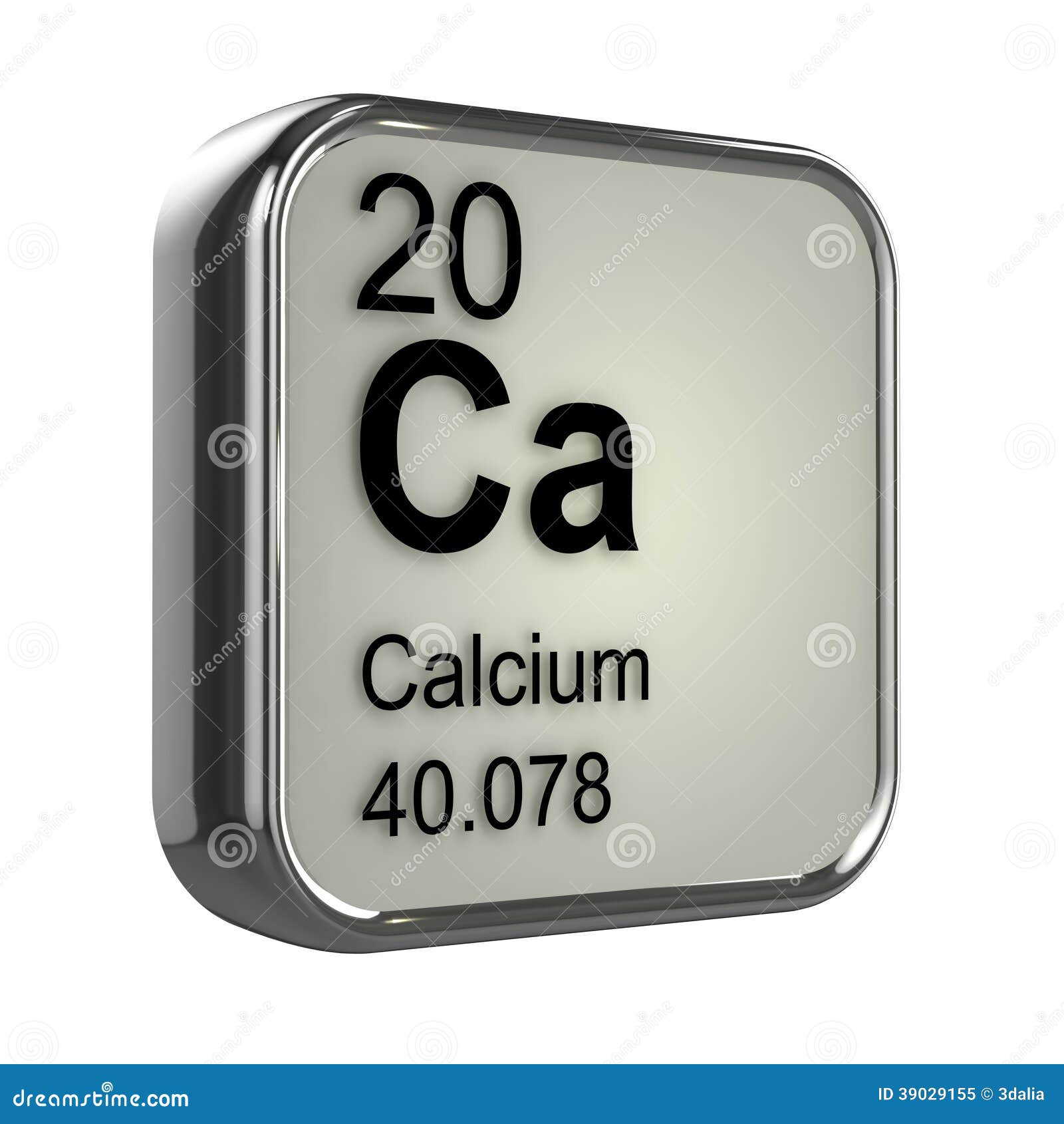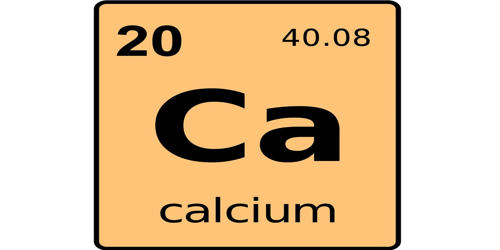
24, 25Īmbient conditions, especially the pH, can affect these processes.

22, 23 In addition, some studies have demonstrated the precipitation of Ca carbonates in the pores of nanoporous silica and the altered glass gel layer. 22, 23 Thus, the presence of Ca strengthens and densifies the gel network, thereby limiting the transport of water and elements through the gel layer and reducing the rate of glass alteration. 21 Under static conditions, Ca can act as a catalyst in the condensation reaction of silica responsible for the gel formation. 20 Ca can also condense via olation with the heavy elements in the gel, leading to a high degree of reticulation in the gel network. 12, 19 Ca 2+ can participate in gel network formation as a charge compensator for the – and 2– units. 13, 14, 15, 16, 17, 18 When Ca is released through glass alteration or is added to the solution, it can be retained or incorporated into the gel layer. The effects of Ca on glass alteration have been widely studied. Depending on the conditions, these elements can also be incorporated into the gel layer as a replacement for Ca. The overall effect is proportional to the total concentration of these elements in solution, even when a mixture of these elements is used. 10, 11 These elements strongly increase glass alteration, and their effects are additive. In our previous studies, we demonstrated that the addition of Zn, Mg, Ni, Co, and/or Fe to the alteration solution triggers the precipitation of secondary phases. This phenomenon has been observed during the precipitation of zeolites and hydrated calcium silicates. 7, 8 Under certain conditions, the glass alteration process may resume. During their formation, these secondary phases consume elements from the solution and the gel, particularly Si and Al, leading to a decrease in the protective properties of the gel. 3, 4, 5, 6 Finally, the residual stage of alteration is controlled by the reactive diffusion of species from the glass and the solution through the hydrated glass and the gel, as well as the precipitation of secondary phases. Depending on its composition and porosity, this nanoporous layer may protect the underlying glass. At this point, some elements (Si, Al, Zr, etc.) recondense to form a gel layer at the hydrated glass surface. As Si and Al are released from the glass, the solution reaches an equilibrium state and the rate of the hydrolysis reaction decreases. 1, 2 Simultaneously, the glass network is dissolved by the hydrolysis of the covalent bonds. First, glass hydration and interdiffusion induce ion exchange between protons from the solution and alkali from the glass, leading to a layer of hydrated glass.

In deep geologic repository of high-level waste, the chemical elements present in the media (groundwater, near-field materials, metallic barriers, and the glass itself) are expected to have an impact on glass alteration.ĭuring glass alteration, several concomitant or subsequent processes occur. Interactions between glasses and solutions are of great interest in the field of material degradation, particularly to study the long-term behavior of high-level radioactive wastes. These processes could slow the transport phenomena through the gel and enhance its protective properties.

The incorporation of Ca in the gel nanopores as calcium carbonate could explain this phenomenon. In addition, when Ca is added to the solution in excess, the quantity of elements incorporated into the gel layer is higher than the amount required for charge compensation. When they play the role of charge compensator in the gel network, their incorporation is competitive and follows the order Ca ≫ Cs > K. Multi-element experiments show that the effects of these elements are additive and proportional to the quantity of each element incorporated. The three cations are not equally efficient in limiting glass alteration: the effects of Ca are stronger than those of Cs and K.

The limiting mechanisms driving glass alteration appear to be mainly diffusive, at least during the first six months. These elements limit glass alteration by their incorporation into the gel layer. The effects of Ca, K, and Cs on International Simple Glass glass alteration are compared through long-term experiments (180–500 days). In the concept of deep geological repository for High Level Wastes, the chemical elements present in the media are expected to impact the long-term behavior of the glass.


 0 kommentar(er)
0 kommentar(er)
